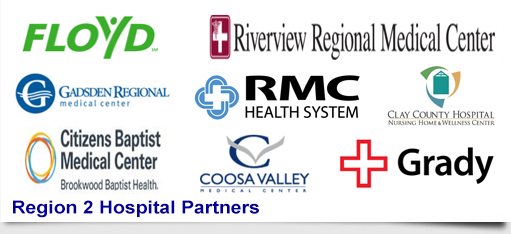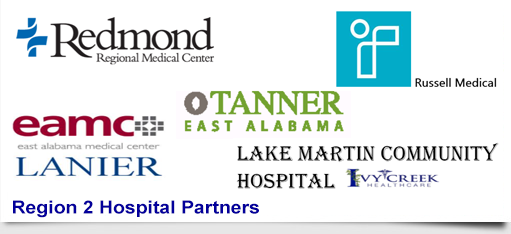| Chinese health officials have identified a new (novel) coronavirus (2019-nCoV) as the cause of an outbreak of pneumonia in Wuhan, Hubei Province, China, which has led to a number of confirmed and suspected cases and several deaths in China. There have been cases identified in several Asian countries and two confirmed cases with other potential cases under investigation in the United States. A multi-agency Federal response is ongoing at this time to monitor the outbreak and implement preparedness and response activities. Among those agencies, the CDC is following and addressing the clinical aspects of this issue. The most up-to-date information can be found at https://www.cdc.gov/coronavirus/2019-nCoV/.
At this time, the potential risk of infection of the US population, including health care practitioners such as EMS clinicians is low. The CDC is conducting health screenings at a number of airports around the U.S. (JFK, SFO, LAX, ORD, ATL) by actively assessing passengers at those ports of entry determined to be at possible risk. EMS agencies that service those airports have already been contacted by the CDC Quarantine Stations at those airports. A number of EMS agencies around the country have initiated protocols and policies to address concerns regarding appropriate procedures for EMS clinicians to follow. The Office of EMS is working closely with Federal agencies for awareness of needs of the EMS and 911 community.
Coronaviruses are common throughout the world and typically cause mild to moderate illness. The 2019 novel Coronavirus (2019-nCoV) is a member of this family, which includes SARS-CoV and MERS-CoV which can lead to severe illness. Limited human-to-human transmission has been observed with an incubation period of about 6 to 14 days. Known and suspected systems include fever, difficulty breathing, cough and potentially other mild to severe respiratory symptoms including severe pneumonia. Available treatment is currently limited to supportive care.
While the risk to the U.S. population is low, this is a serious and evolving situation. At this time, specific screening protocols for 911 or emergency medical dispatch are not required. If a caller volunteers information about travel to China within the past 2 weeks or close contact* potential exposure to a patient / person under investigation (PUI), that information should be relayed to responding field crews.
Routine exposure control precautions will offer protection to first responders. EMS clinicians are advised to maintain a high index of suspicion in patients who present with fever and respiratory symptoms with a travel history to Wuhan, China.
SPECIFIC EMS MANAGEMENT AND TRANSPORT CONSIDERATIONS:
1. If the patient exhibits symptoms of an acute febrile** lower respiratory infection (fever, shortness of breath/difficulty breathing, cough):
a. Place a surgical mask on the patient AND
b. Obtain a detailed travel history to affected countries within the past 14 days*** or close contact with someone under investigation for 2019-nCoV
2. If there is a history consistent with concern for potential 2019-coronavirus (2019-nCoV), initiate standard contact and airborne precautions (gloves, gown, N95 respirator) and eye protection (goggles) for EMS clinicians.
3. Notify the receiving hospital (according to local protocols) of potential infection as soon as possible to allow for emergency department preparation.
4. Use caution with aerosol generating procedures.
5. Properly doff and dispose of PPE according to protocol.
6. Cleaning and disinfection using EPA registered disinfectants with known effectiveness against human coronaviruses.
7. Waste management per policy for medical waste (red bag).
*Close contact is defined as being within about 6 feet, or within the same room or care area, of a patient with confirmed 2019-nCoV without wearing PPE for a prolonged period of time OR having direct contact with 2019-nCoV patient secretions.
**Fever may not be present in all patients; those who are immunocompromised, very young, elderly or taking fever-lowering medications.
***The list of affected countries may change over time and can be confirmed at the CDC site: https://www.cdc.gov/coronavirus/2019-nCoV/.
Continue to work with your agency infection control staff and local hospitals, emergency department and public health agencies to coordinate all response activities and notifications.
We will continue to follow this event and work with our Federal partners to provide updated information to the EMS and 911 communities.
For more information, please visit https://www.cdc.gov/coronavirus/2019-nCoV/.
|




